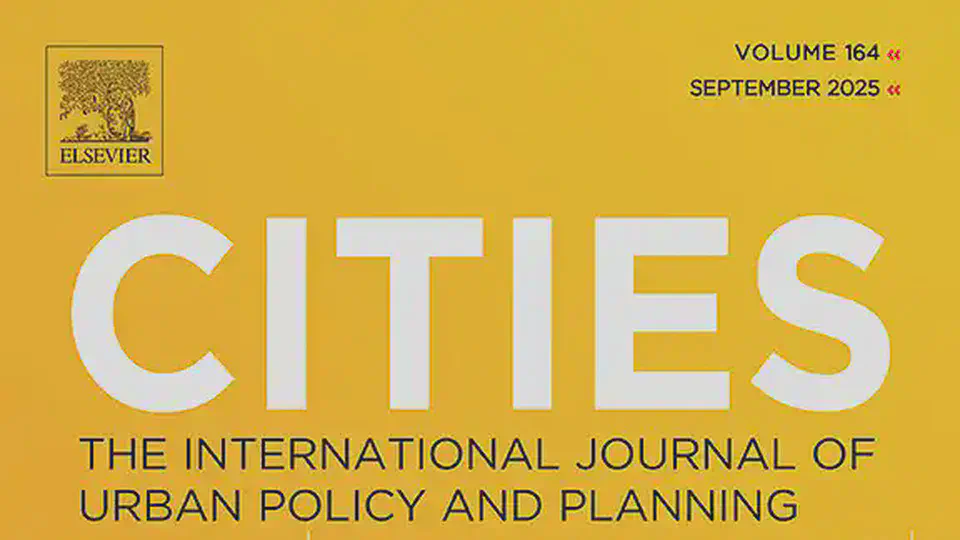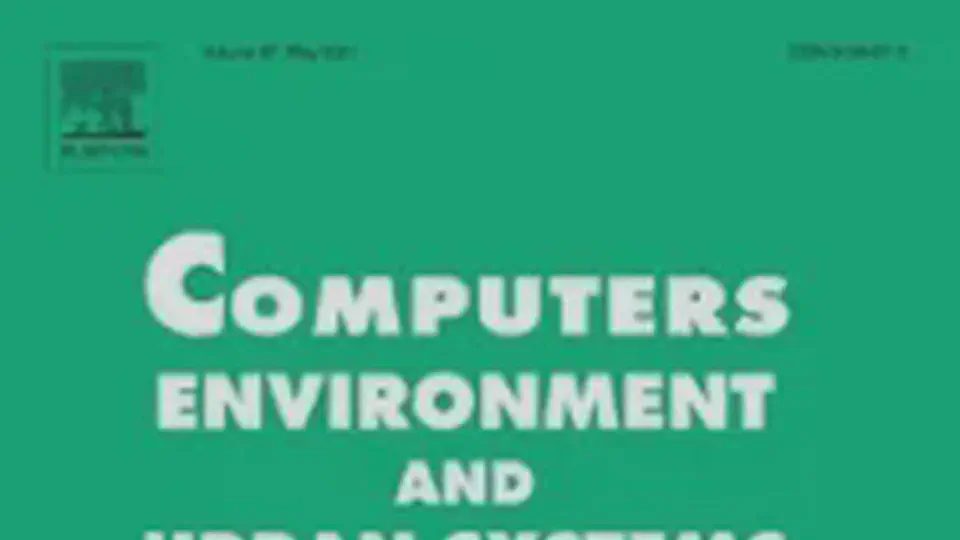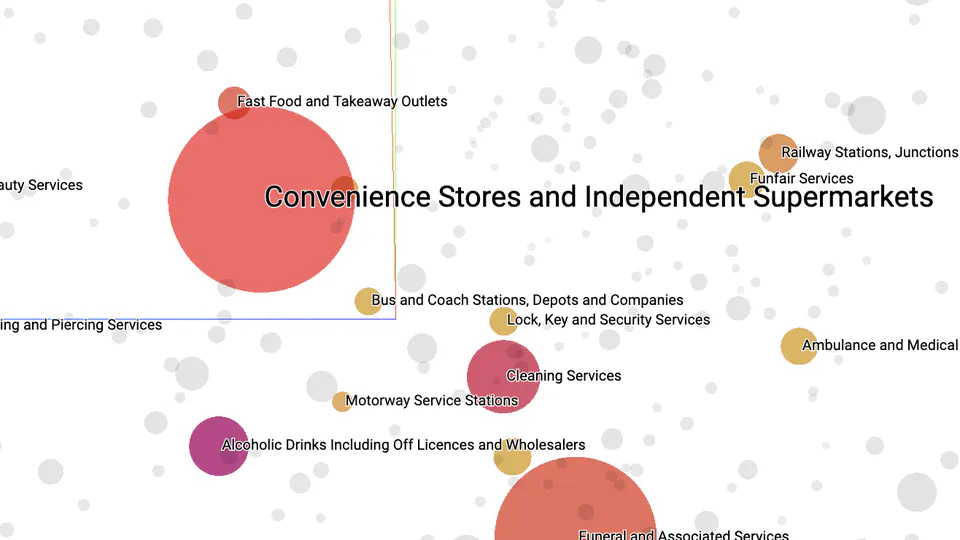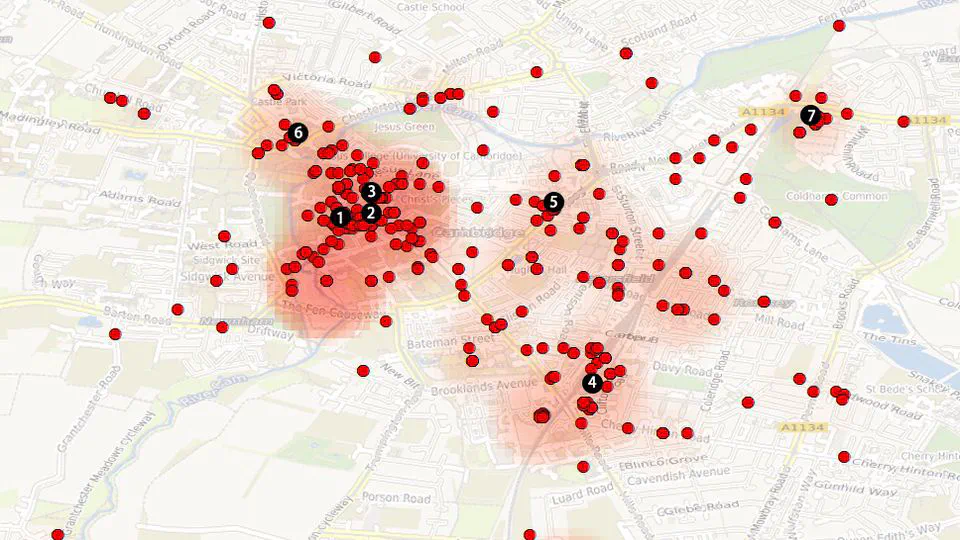中国人民大学公共管理学院讲师/助理教授,剑桥大学土地经济系博士,剑桥大学跨学科空间分析实验室成员,曾任剑桥大学土地经济系副研究员,负责欧盟 Horizon 2020 资助的城市健康项目 Emotional Cities 高级空间分析。研究特长包括土地利用感知和空间动态模拟、时空行为数据挖掘以及地理可视化,具有在中国、英国和欧盟地区的应用经验,特别关注如何通过结合机器学习、人工智能和大数据来更好地支持空间规划、治理政策制定和智能管理。
部分发表
论文
(2025).
Analysing the dynamics of urban functional areas in a rapidly changing spatial structure: Using points of interest data.
Cities.
(2025).
Mapping urban health policies: A scoping review of environmental, behavioural and socioeconomic determinants of health.
Progress in Planning.
(2023).
Using decision-tree methodologies to explore determinants of health and wellbeing outcomes at the local authority scale: the case study of London.
Built Environment.
(2023).
Understanding temporal and spatial patterns of urban activities across demographic groups through geotagged social media data.
Computers, Environment and Urban Systems.
项目





